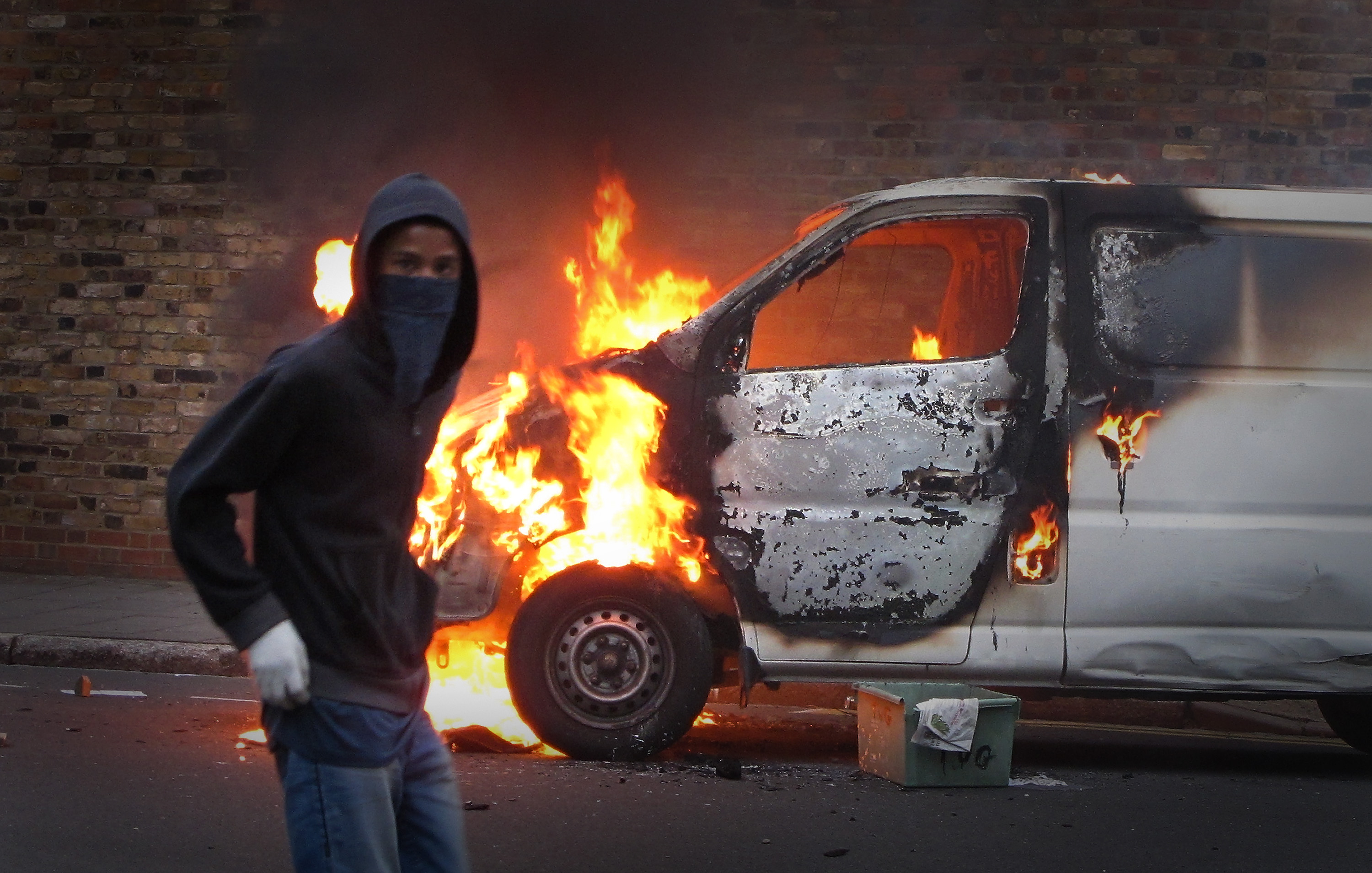This type of thriller is normally a race against the clock. It contains a myriad of violence and an obvious antagonist. Usually, it would feature a large amount of guns, explosions and large elaborate set pieces for the action to take place. Action thrillers have elements of mystery and crime films but these elements take a backseat to action. In addition to that, action thrillers normally contains a MacGuffin which is basically a plot element which has a goal or a desired object that the protagonist pursues. However, the desired goal/object is irrelevant to the story line. A MacGuffin in action thrillers would normally be an object, a person, a place and sometimes it can include more abstract types such as love, power, money, victory, glory and so on. Moreover, a Macguffin in action thrillers is the focal point in the first scene but after that, its importance declines and therefore gets forgotten at the end of the movie.
A great example of an action thriller would be 2 Fast 2 Furious. This is because in that movie, you would usually see car chases between the protagonists (Brian O'Conner & Roman Pearce) and the antagonists (Carter Verone and his bodyguards). In that car chase, there would be explosions, cars would sort of damage whether it would be scratched, dents on the bumpers or mechanical failures. Additionally, there would be shoot out between the antagonists and the protagonists. A MacGuffin within 2 Fast 2 Furious would be the majority of the racers especially Orange Julius who was driving the orange Mazda RX-7 and was one of the many racers who managed to escape from the police.
Crime Thriller
This type of thriller is a hybrid of both crime and thriller films that offers a suspenseful account of a successful or failed crime/crimes. Crime thrillers usually emphasize action over psychological aspects. The focal points within crime thrillers are murders, robberies, chases, shootouts and double crosses. These are the central ingredients when it comes to crime thrillers. Crime thrillers usually focuses on the antagonists (in this case criminals) rather than the policemen who as usually seen as the protagonists. In some cases, crime thrillers may involve heists and robberies.
A good example of a crime thriller would Pulp Fiction. This is because if in the beginning of the movie, there was a couple ("Pumpkin" and "Honey Bunny") that attempted to rob a diner and threatened people's lives as they had realized that they could make money off the customers let alone the business. Later on the film, Jules Winnfield played by Samuel L. Jackson and Vincent Vega played by John Travolta were on their way to collect a briefcase from Brett played by Frank Whaley who went beyond the limits of the boss, gangster Marsellus Wallace. When they had arrived there, they confronted him and his men over the briefcase and when Vincent finds the briefcase, Jules confronts Brett with a gun & reads a passage from the bible before he shoots him. This fits in with crime thrillers due to the fact that they revolve around murders and shootouts.
A good example of a crime thriller would Pulp Fiction. This is because if in the beginning of the movie, there was a couple ("Pumpkin" and "Honey Bunny") that attempted to rob a diner and threatened people's lives as they had realized that they could make money off the customers let alone the business. Later on the film, Jules Winnfield played by Samuel L. Jackson and Vincent Vega played by John Travolta were on their way to collect a briefcase from Brett played by Frank Whaley who went beyond the limits of the boss, gangster Marsellus Wallace. When they had arrived there, they confronted him and his men over the briefcase and when Vincent finds the briefcase, Jules confronts Brett with a gun & reads a passage from the bible before he shoots him. This fits in with crime thrillers due to the fact that they revolve around murders and shootouts.

.jpg)






.jpg)
.jpg)
.jpg)
.jpg)
.jpg)
.jpg)


.jpg)